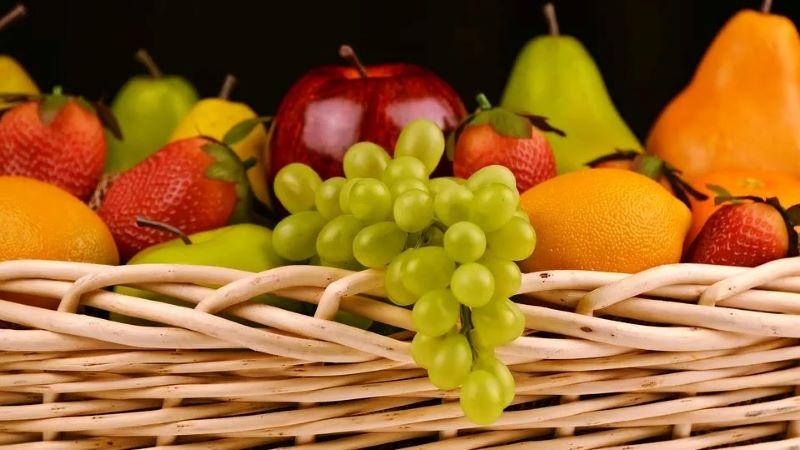You are here
Back to topChina Reduces Tariffs on Selected Fruit Imports From Jan. 1

Chinese import tariffs will soon see a new round of reductions, with China’s State Council Tariff Commission recently announcing a plan for provisional tariff adjustments in 2021. These include adjustments to most-favored-nation rates, negotiated rates and provisional rates for selected imported goods and will take effect on Jan. 1, 2021. While tariffs on many imported fruits will be reduced, countries such as Chile, Peru and New Zealand will maintain their duty-free status.
Tariff Reductions for South Korean Grapes
Among the most notable adjustments is the reduction of import tariffs on South Korean grapes from 5.2% in 2020 to 3.9% in 2021. According to data from China Customs, China imported 224 metric tons of grapes from South Korea in 2019, while its 2020 imports had amounted to 250 tons as of November. South Korea primarily exports three grape varieties, namely, Shine Muscat, Kyoho and Campbell Early, and has been exporting these varieties to China since September 2017. Of the three, Shine Muscat is the most popular, representing over 90% of South Korea’s fresh grape exports.
Tariff Reductions for Australian Citrus, Other Fruits Duty-Free
Owing to strained relations over the past year, there had been some concern among Australian authorities and exporters that China would implement unfavorable changes to its tariff policy. However, the most recent announcement indicates that China will continue to follow its plan of annual tariff reductions for Australia. Citrus imports, which were taxed at rates of 3.7–10% in 2020, will be subject to a new rate of 2.4–6.7% in 2021, while other Australian fruit imports will remain duty-free.
With the exception of citrus, all other Australian fresh fruit exports to China have been duty-free since Jan. 1, 2019. Import tariffs on oranges also dropped from 4.9% to 3.7% on Jan. 1, 2020. According to China’s trade plan, tariffs on Australian orange imports will be further reduced to 2.4% in 2021 then to 1.2% in 2022, before finally becoming duty-free on Jan. 1, 2023.
Import Tariffs on Costa Rican Pineapples Drop to 3.2%
Costa Rica supplies almost 50% of the world’s pineapples, and China is the third largest importer, after the U.S. and the Netherlands. China primarily imports pineapples from Thailand, Malaysia, the Philippines and Taiwan to keep up with consumer demand, which increases by over 40% each year.
China has only been importing pineapples from Costa Rica since June 2017. Costa Rica is most famous for its high-quality MD2 pineapples, which are very popular in North America and Europe but remain relatively rare on the Chinese market. This variety has an average sweetness level of 14 with minimal tartness and a tender, golden flesh. According to data from China Customs, China imported 1,790 tons of pineapples from Costa Rica in 2018 and 730 tons in 2019.
Image: Pixabay
This article was translated from Chinese. Read the original article.













Add new comment